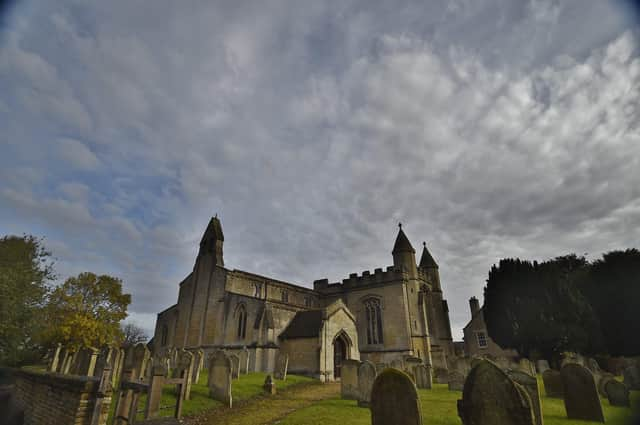The Church of St Andrew in Northborough has been placed on Historic England’s At Risk Register for 2020.
The historic church is one of 29 sites in the East of England placed on the register this year.
The Grade I listed church dates to the late 12th century and has strong connections to the family of Oliver Cromwell. The church has a spectacularly large south chantry chapel commissioned by Geoffrey or Henry Delamore in 1330-50, which contains monuments to the Cromwell and Claypole families. Beneath the chantry is reputed to be a tomb containing the remains of Oliver Cromwell’s widow who died in 1665.
Cromwell’s daughter married a member of the Claypole family and the Claypole Chapel within the Church of St Andrew has links to the Claypole/Claypoole descendants whose ancestors went to live in North America.
The chancel roof is leaking and on the south chapel floor and other parts of the church there is algal growth due to excessive moisture and likely faulty external drainage on the building.
Over the past year, Historic England has offered £1.77m in grants to help some of the region’s best loved and most important historic sites, and a number of sites have been taken off the list after works were completed to save them.
Tony Calladine, Regional Director for Historic England in the East of England said: “It is the varied tapestry of our historic places that helps us define who we are. In testing times such as these, heritage gives us a sense of belonging, continuity and comfort. We also know that investing in historic places can help boost our economic recovery. The 24 places in the East of England rescued from the Register this year show us that good progress is being made, but there is still a long way to go and there are many more historic buildings and places which need continuing maintenance, funding, strong partnership working and community support to give them a brighter future.”
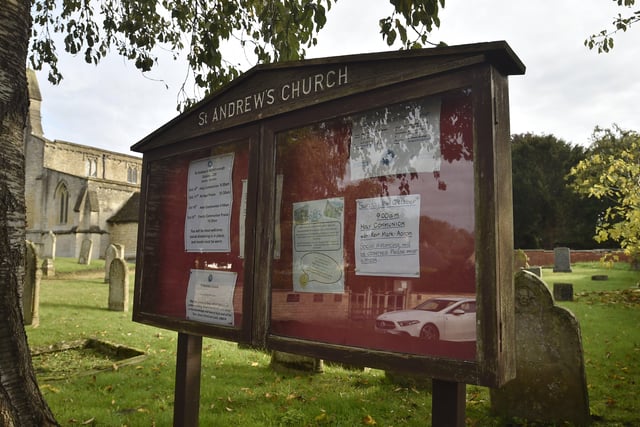
1. Historic England At Risk Register
Exteriors of St Andrew's Church, Northborough. EMN-201014-122954009 Photo: Midlands
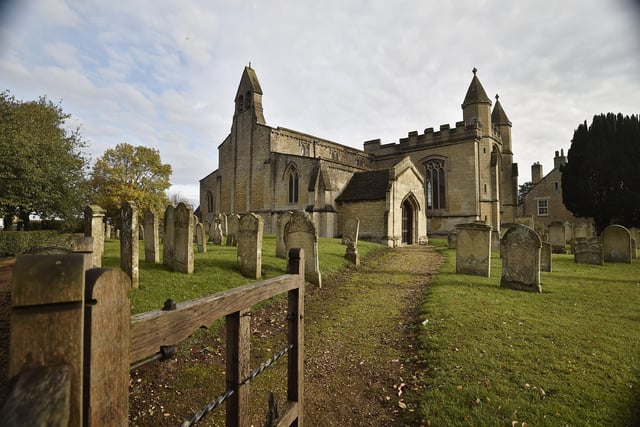
2. Historic England At Risk Register
Exteriors of St Andrew's Church, Northborough. EMN-201014-123016009 Photo: Midlands
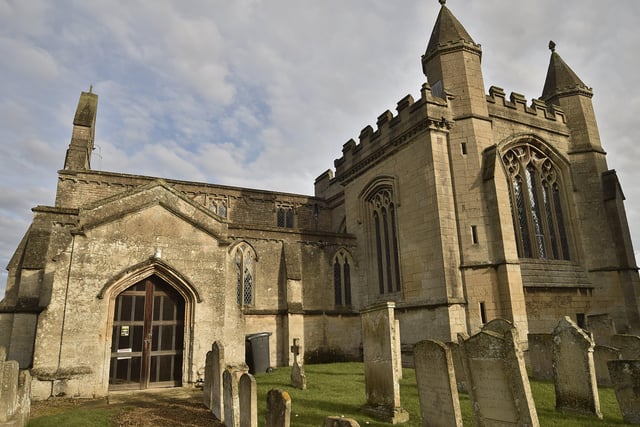
3. Historic England At Risk Register
Exteriors of St Andrew's Church, Northborough. EMN-201014-122859009 Photo: Midlands
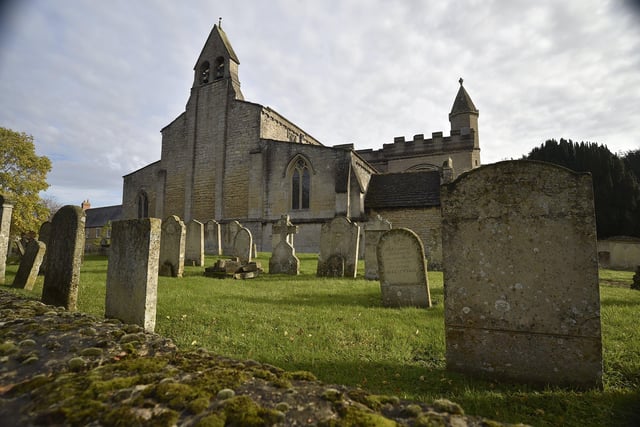
4. Historic England At Risk Register
Exteriors of St Andrew's Church, Northborough. EMN-201014-122910009 Photo: Midlands
